In the realm of home decoration, the choice of flooring plays a pivotal role, and Stone Plastic Composite (SPC) flooring has gained prominence as a versatile and popular option. This comprehensive guide aims to unravel the mysteries surrounding SPC flooring, providing insights into its composition, manufacturing process, benefits, installation, applications, and maintenance.
1. Understanding SPC Flooring
1.1 Definition and Composition
Stone Plastic Composite (SPC) flooring, a revolutionary flooring material, stands out for its distinctive composition. It comprises a sophisticated blend of limestone, polyvinyl chloride (PVC), and stabilizers. This unique combination gives SPC flooring a competitive edge in terms of strength, durability, and versatility. Unlike traditional flooring materials, SPC flooring offers a harmonious fusion of natural aesthetics and modern technology.
1.2 Key Characteristics
The key characteristics of SPC flooring contribute to its widespread popularity. Remarkable durability and resilience make it well-suited for high-traffic areas, ensuring longevity and minimizing the need for frequent replacements. Additionally, the waterproof properties of SPC flooring make it an ideal choice for areas prone to moisture, setting it apart from materials that are susceptible to water damage.
1.3 Termite-Resistant Properties
An often overlooked but crucial feature of SPC flooring is its resistance to termites. This characteristic adds an extra layer of protection, making SPC flooring an excellent option for regions prone to termite infestations. Homeowners can enjoy the aesthetic appeal of wood-like designs without the worry of termite-related damage, providing both peace of mind and long-term cost savings.
1.4 Differentiation from Traditional Flooring
Understanding how SPC flooring differs from traditional flooring materials is vital for informed decision-making. While hardwood flooring may offer a natural look, it is susceptible to water damage and may require meticulous maintenance. On the other hand, laminate flooring, while water-resistant, lacks the durability and structural robustness that SPC flooring provides.
1.5 Aesthetic Options
Beyond its functional benefits, SPC flooring offers an array of aesthetic options. With advancements in technology, SPC flooring can convincingly mimic the appearance of natural materials such as wood, stone, and tile. Homeowners can choose from an extensive range of designs, patterns, and textures to complement their interior design preferences, creating a cohesive and visually appealing living space.
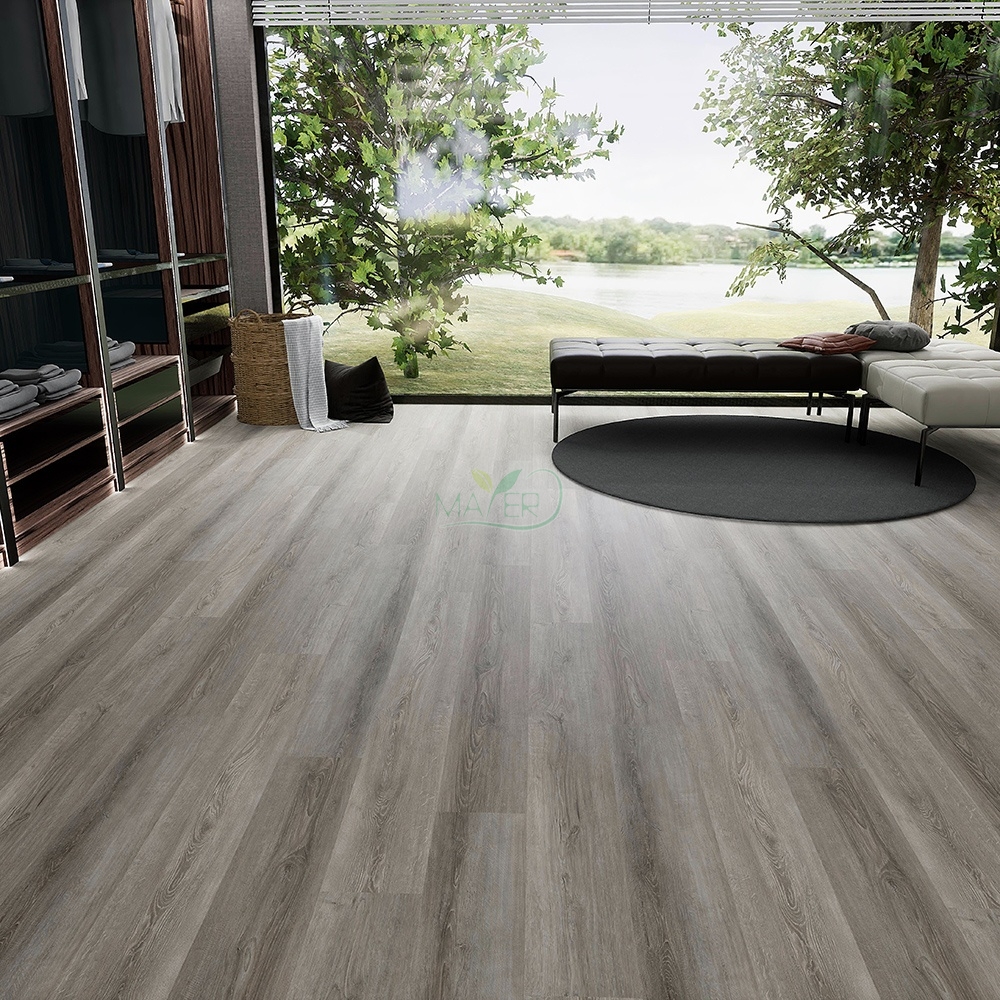
2. Manufacturing Process of SPC Flooring
2.1 Raw Materials
The production of SPC flooring begins with a meticulous selection of raw materials, each playing a vital role in shaping the final product. Limestone, a robust natural mineral, provides the flooring with unparalleled rigidity. Polyvinyl chloride (PVC), a versatile synthetic polymer, contributes flexibility to the composite. Stabilizers are incorporated to enhance structural integrity and ensure a consistent and reliable end product.
2.2 Extrusion and Compression
The manufacturing process involves intricate extrusion and compression techniques, where the chosen raw materials are melded together to form a solid composite. During extrusion, the materials are heated and forced through precision molds, resulting in the desired shape and thickness. Compression is employed to ensure a uniform density, reinforcing the robustness and stability of the SPC flooring.
2.3 Quality Assurance
Stringent quality control measures are integral to the manufacturing of SPC flooring. Continuous monitoring at various stages ensures that the temperature, pressure, and composition adhere to strict standards. Quality assurance tests include assessments for consistent thickness, structural strength, and overall performance. This meticulous approach guarantees that every piece of SPC flooring meets the high-quality standards demanded by consumers.
2.4 Environmental Considerations
In response to the growing emphasis on sustainability, manufacturers are increasingly exploring eco-friendly alternatives in the production of SPC flooring. Initiatives to reduce environmental impact may include the incorporation of recycled materials, energy-efficient manufacturing processes, and the development of biodegradable stabilizers. These eco-conscious measures align with global efforts to promote sustainability in the flooring industry.
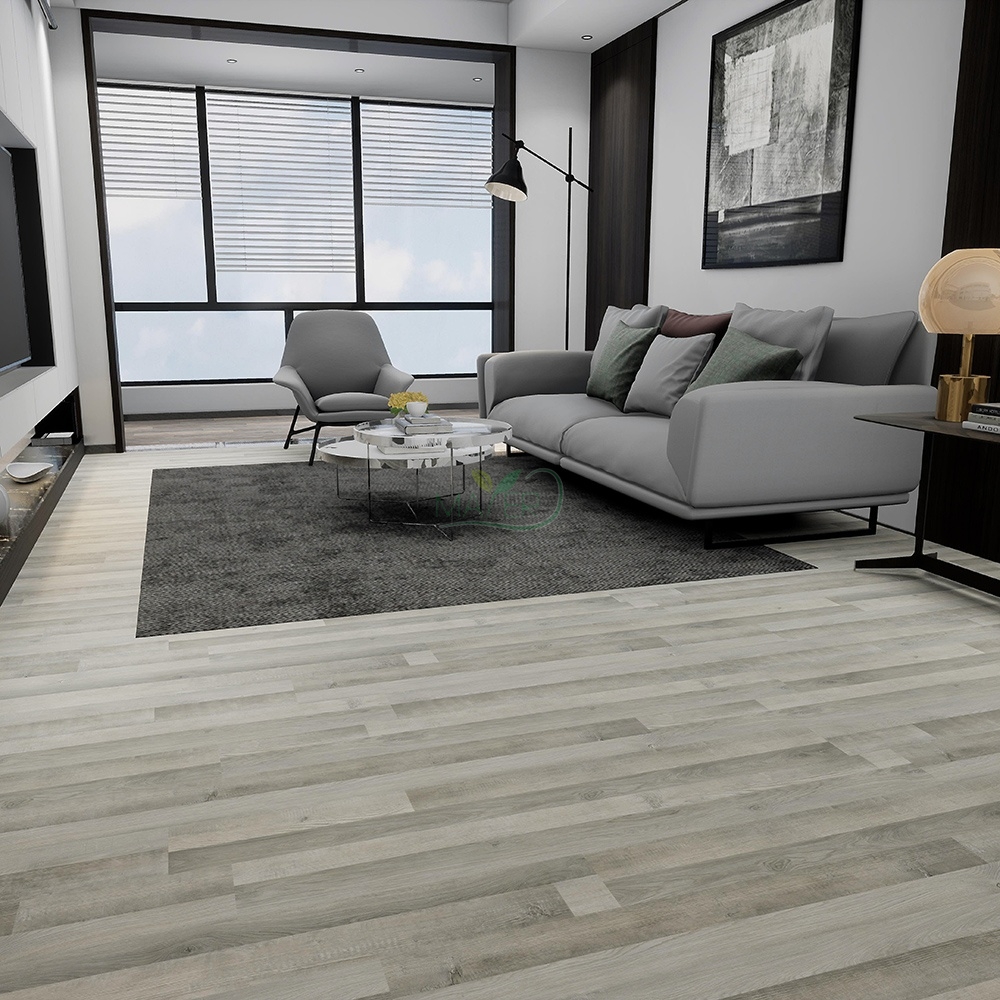
3. Benefits of SPC Flooring
3.1 Durability and Longevity
The standout feature of SPC flooring lies in its unparalleled durability, making it a resilient choice for various settings. With the ability to withstand heavy foot traffic, impacts, and daily wear, SPC flooring outperforms traditional materials. Its robust construction ensures a long lifespan, reducing the need for frequent replacements and minimizing maintenance costs over time.
3.2 Water Resistance
SPC flooring boasts exceptional water resistance, a crucial factor in spaces prone to moisture, spills, or humidity. Unlike hardwood or laminate flooring, SPC resists water penetration, preventing damage such as warping, swelling, or mold growth. This characteristic makes SPC flooring an ideal solution for kitchens, bathrooms, and other areas where water exposure is common.
3.3 Easy Installation
The installation process for SPC flooring is user-friendly, thanks to the innovative click-and-lock systems. This mechanism facilitates a straightforward installation, making it accessible for homeowners who prefer a do-it-yourself (DIY) approach. The ease of installation not only saves time but also reduces labor costs, making SPC flooring a practical and cost-effective choice.
3.4 Versatility in Design
SPC flooring provides an extensive range of design options, catering to diverse aesthetic preferences. Advanced printing technologies enable SPC flooring to convincingly replicate the look and feel of natural materials like wood, stone, and tile. This versatility allows homeowners to achieve the desired ambiance in their living spaces without compromising on performance.
3.5 Low Maintenance
The low-maintenance nature of SPC flooring adds to its appeal. Regular sweeping or vacuuming, coupled with occasional damp mopping, is usually sufficient to keep the flooring in optimal condition. Its resistance to stains and scratches further reduces the need for extensive maintenance, simplifying the upkeep for busy households.
3.6 Health and Safety Considerations
SPC flooring aligns with health and safety standards, as it is free from harmful substances such as formaldehyde and phthalates. This makes it a suitable choice for households, particularly those with children or individuals with allergies or respiratory sensitivities. The flooring's hypoallergenic and non-toxic nature contributes to a healthier indoor environment.
Understanding the myriad benefits of SPC flooring underscores its position as a leading flooring solution in modern home design. Its durability, water resistance, easy installation, design versatility, low maintenance requirements, and commitment to health and safety collectively contribute to making SPC flooring a preferred choice for discerning homeowners.
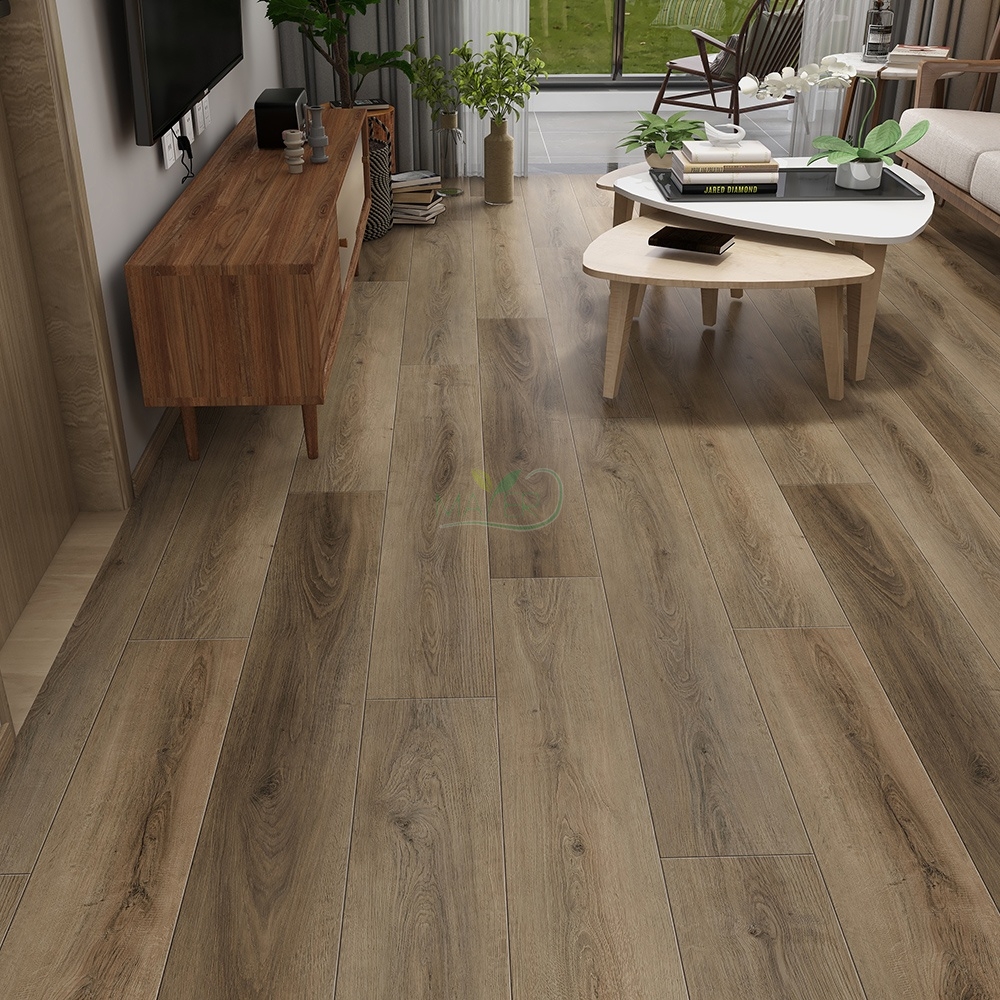
4. Applications of SPC Flooring in Home Design
SPC flooring's versatility extends across various living spaces, showcasing its adaptability and aesthetic appeal.
4.1 Living Spaces
SPC flooring proves to be an ideal choice for living rooms and bedrooms, offering a perfect blend of style and functionality. Its durability ensures resilience against the demands of high-traffic areas, maintaining a polished appearance over time. With a variety of design options, homeowners can personalize their living spaces to reflect their unique taste.
4.2 Kitchens and Bathrooms
The waterproof properties of SPC flooring make it a standout choice for kitchens and bathrooms. Resistant to water damage, spills, and humidity, it provides homeowners with peace of mind in moisture-prone areas. Beyond its functional benefits, SPC flooring's aesthetic options allow for the creation of stylish and cohesive spaces in these vital areas of the home.
4.3 Commercial Spaces
SPC flooring's adaptability extends seamlessly into commercial environments. Whether it's a bustling office, a trendy retail store, or a welcoming restaurant, SPC flooring provides a durable and professional flooring solution. Its resistance to wear and tear makes it particularly suitable for spaces experiencing heavy foot traffic, maintaining its polished appearance even in busy settings.
4.4 Outdoor Spaces (Potential)
While traditional SPC flooring is designed for indoor use, future developments may explore its application in outdoor spaces. Innovations in materials and manufacturing processes could pave the way for SPC flooring that combines the resilience of traditional outdoor materials with the visual appeal and comfort of indoor flooring, further expanding its scope.
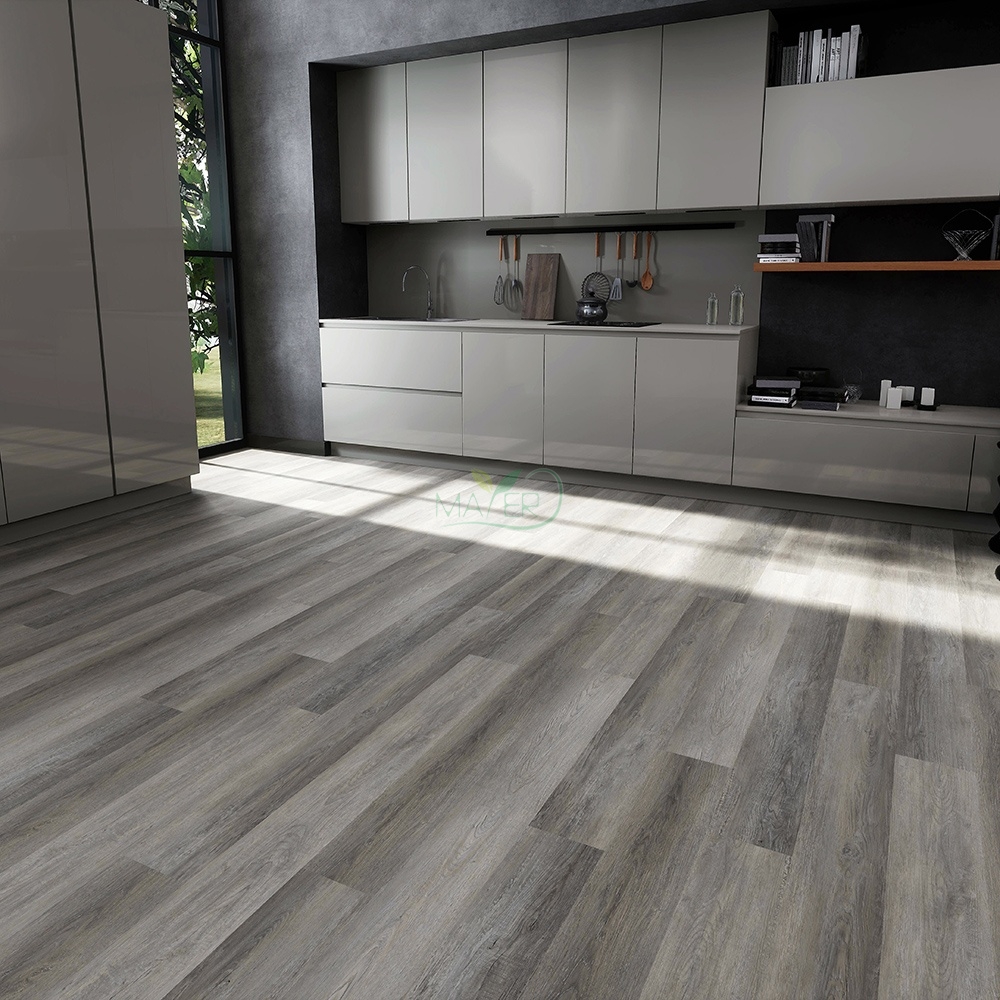
5. Maintenance and Care for SPC Flooring
5.1 Cleaning Methods
Effective cleaning methods are essential to preserve the pristine appearance of SPC flooring. Using mild, pH-neutral cleaning agents ensures the removal of dirt and stains without compromising the flooring's surface. Regular cleaning routines, including sweeping or vacuuming, prevent the accumulation of debris and safeguard against scratches, maintaining the flooring's original luster.
5.2 Repairing Minor Damage
Despite its durability, SPC flooring may encounter minor damage over time. For scratches, applying specialized floor repair kits can effectively restore the surface. Scuffs and small dents can be addressed by gently sanding and filling the affected areas. These DIY repair options empower homeowners to maintain the flawless appearance of their SPC flooring.
5.3 Professional Assistance for Extensive Repairs
In instances of more extensive damage or wear, seeking professional assistance becomes valuable. Certified flooring professionals possess the expertise to conduct thorough inspections, identify underlying issues, and provide targeted repairs. Their skill ensures that the integrity of the SPC flooring is preserved, contributing to its overall longevity.
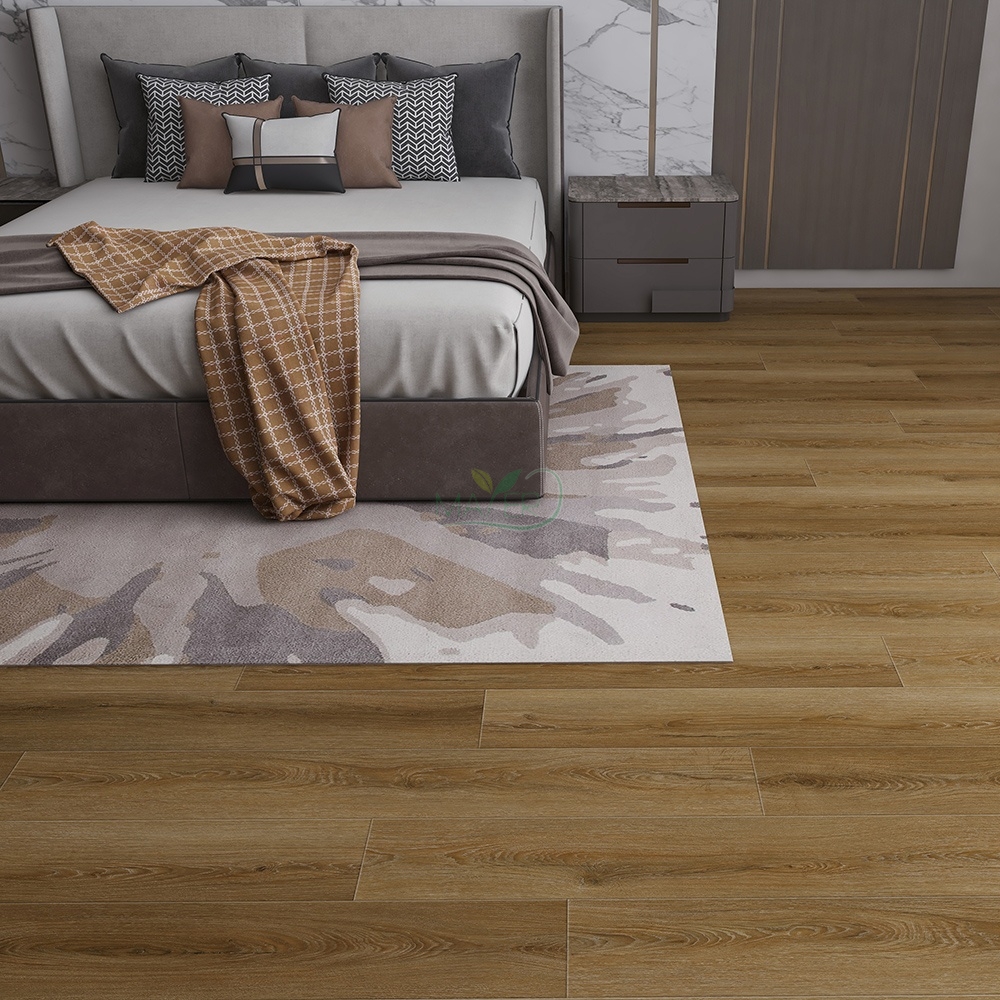
6. Future Trends in SPC Flooring
The evolution of SPC flooring continues to shape the landscape of home design, presenting exciting possibilities for the future.
6.1 Technological Advancements
Ongoing research and development are likely to lead to technological breakthroughs in SPC flooring. Innovations in materials, manufacturing processes, and surface treatments may further enhance the durability, aesthetics, and functionality of SPC flooring.
6.2 Design and Aesthetic Innovations
As consumer preferences evolve, SPC flooring is anticipated to offer a broader range of design options. Mimicking natural materials such as wood, stone, and tile, SPC flooring is poised to become even more versatile, seamlessly integrating with various interior design styles.
6.3 Sustainability Initiatives
In response to growing environmental consciousness, future developments in SPC flooring may prioritize sustainability. Manufacturers may explore eco-friendly materials, recycling processes, and production methods to reduce the environmental impact of SPC flooring.
Conclusion:
SPC flooring's applications in home design showcase its adaptability, aesthetic appeal, and potential for future innovation. From creating stylish and durable living spaces to its potential application in outdoor settings, SPC flooring remains a dynamic and versatile choice for modern homeowners. As advancements continue to shape the flooring landscape, SPC flooring stands as a cornerstone in home design, blending functionality with enduring style.



